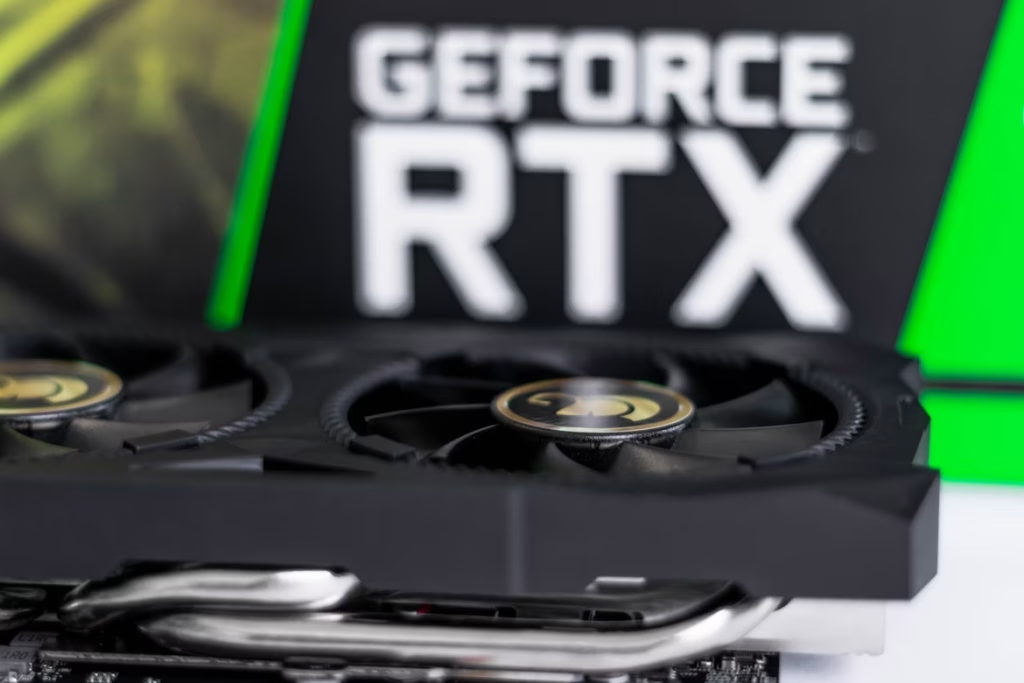Nvidia GTX 1650 is a great option for you if you’re on a budget. It’s true for both, desktop PCs and laptops. Laptops that pack the 1650 are still in trend. The market share of the GTX 1650 might not be too high in desktop PCs, but it’s still a favorite. Ain’t everybody got the top bucks to buy an absolute God (read RTX 3090).
It’s budget-friendly, fast, and runs most of the popular titles with ease. Perhaps the most value-for-money Turing card on the market right now, 1650 will not disappoint you.
However, there are a lot of questions around the adoption of 1650. Is it really good? Can it run modern AAA titles at high FPS? How good is the cooling? And so on.
The 1650 isn’t good for 4k gameplay. So, if that’s what you’re looking for then you’re in for some disappointment. Think of the 1650 as a good starting point, sort of an introduction to gaming in general.
You can expect smooth full HD (1080p) gaming at 60 FPS coupled with a powerful processor. It’s not for intense gaming though.
The GTX 1650 is way faster than the previous video cards in the Nvidia lineage. It’s also faster than the 1050Ti. It gives a nearly identical performance in terms of framerates as the big GPUs from five years ago.
1080p@60 FPS medium- to high-quality gaming at this price point is pretty respectable. It’s a readily available GPU, beats many right out of the water, and comes with a solid repertoire of running popular games well enough.
It packs a ton of power for a 75W TDP card and you’ll find plenty of gamers sticking to their 1650 come what may. And for good reason. This is a video card that will never disappoint you. Yes, the ones higher up the chain are surely more powerful, but cost significantly more.
The GTX 1650 (G5) has a 1665 MHz boost clock, 4 GB GDDR5 frame buffer, and an 8 Gbps memory speed as compared to 1590 MHz, 4 GB GDDR6, and 12 Gbps of the 1650 (G6). You can find the full specs on Nvidia’s website: GeForce GTX 16 Series.





